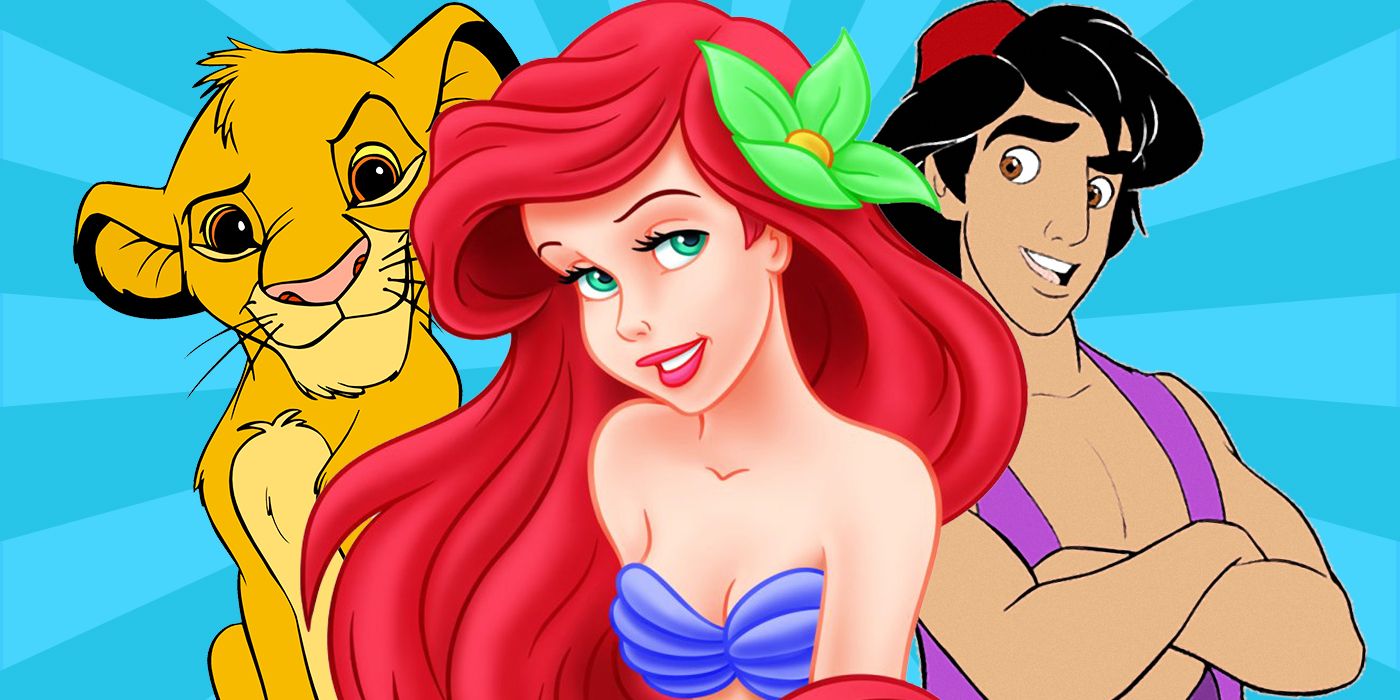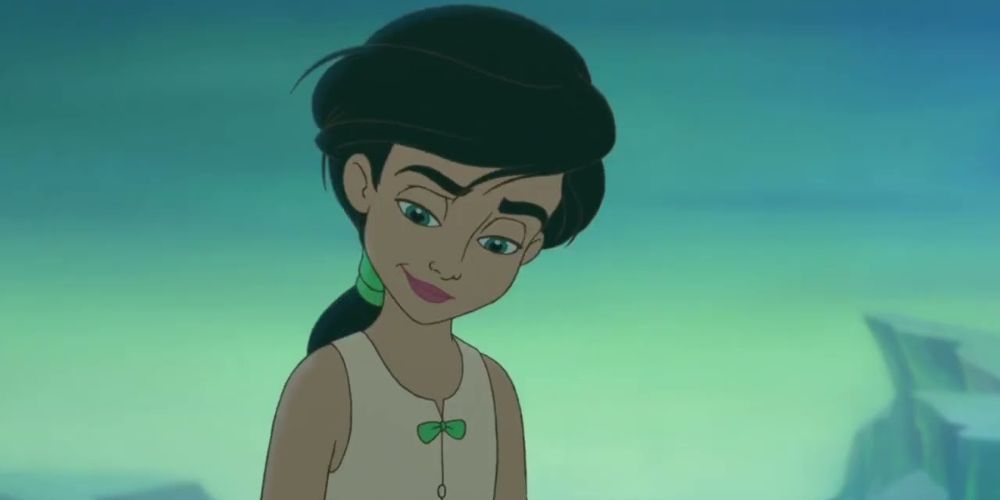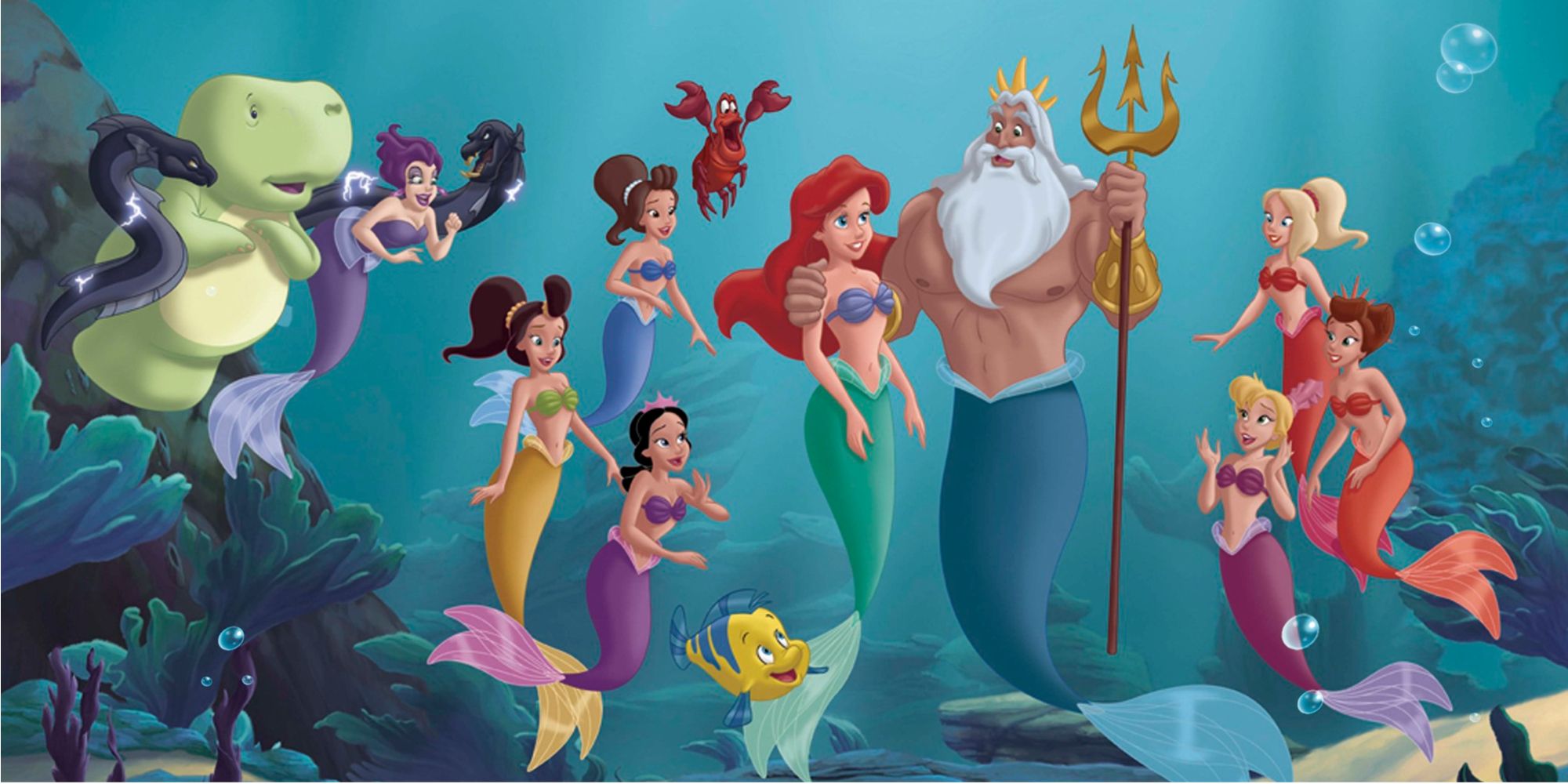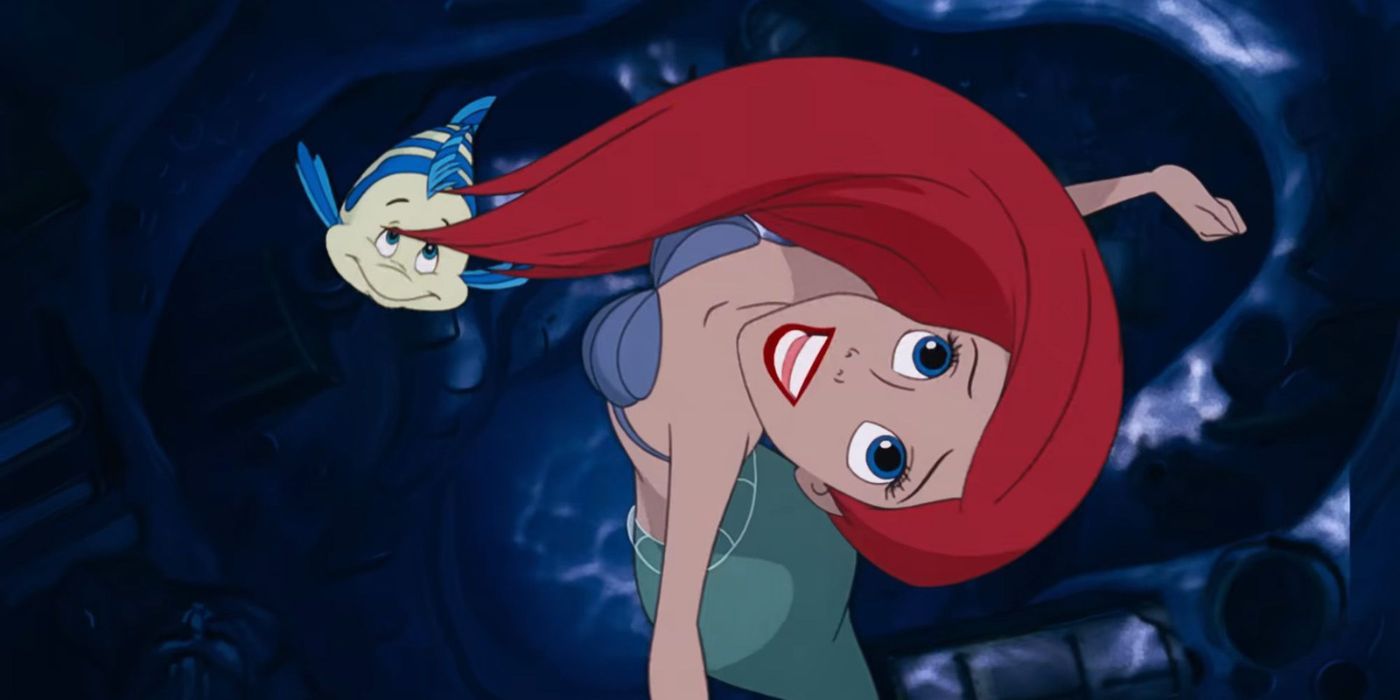It's undeniable that Disney's The Little Mermaid is a classic. After more than thirty years, this film is still as popular as ever, especially with the live-action remake right around the corner. But rarely is there mention of the film's lesser-known sequels. Completing the Little Mermaid trilogy is The Little Mermaid II: Return to the Sea and The Little Mermaid III: Ariel's Beginning. The second film jumps forward in time, focusing on Ariel (Jodi Benson) and Eric's (Rob Paulsen) daughter, Melody (Tara Strong), who longs to be a mermaid rather than a human. As indicated by the name, the third film is a prequel, set roughly a year before the original when Ariel gets it in her mind to defy King Triton's (Jim Cummings) no music rule. These sequels were direct-to-video releases, so, understandably, they didn't receive the publicity of Frozen II.
Yet in the 90s and early 2000s, Disney often released direct-to-video sequels, with Aladdin, Cinderella, and The Lion King also becoming trilogies. But none offer quite the same consistency in quality and themes throughout. The Little Mermaid manages to build on the same themes as the story goes on. With its vivid characters and exciting musical numbers, the series is enjoyable from beginning to end.
All 'The Little Mermaid' Films Share Themes
Each of these films explore the parent-child relationship. Through Ariel and King Triton's relationship, and Ariel's interactions with her own daughter, Melody, the series gives several examples of a defiant child and protective parent. In the original film, the conflict centers on Ariel's desire to go to the surface and Triton's refusal to let her. Return to the Sea puts Ariel and Melody in a similar situation, but reversed as Melody longs for the water, but Ariel keeps her far away. However, this film raises the stakes with a specific target on Melody's back. In both films, the parent attempted to keep their child safe, but their child refused to listen. Neither parent was blameless — Triton's anger and Ariel's lies were not the best way to handle things — yet their motivation was in the right place. Ariel's Beginning is slightly different in this regard, but it still focuses heavily on Ariel and Triton's relationship. With music banned from Atlantica, Ariel and her sisters sneak out to a secret club. When caught, Ariel's love of music leads to her running away from home, eventually getting hurt. In this case, Triton's disdain for music is less justifiable than his fear of Ariel getting hurt by humans. But it goes back to his grief over his wife. Certainly, Triton hasn't processed her death, so perhaps he should get some sympathy. Each film shows the parent learning to let go a little but also shows that sometimes parents may know best.
Likewise, the three Little Mermaid films all deal with identity. Whether it's a mermaid longing to be human, a human wanting to be a mermaid, or a child with buried memories of her mother, this series deals with self-discovery as the heroes find their way. While the first two depict it in an obvious way of Ariel and Melody learning where they belong, the third film takes a different approach. In Ariel's Beginning, Ariel can be seen becoming the willful, independent woman from the original movie. She may not yet figure out where she belongs, but Ariel does begin to discover who she is. In each case, the lead character learns about herself. In the original film, Ariel figures out where she belongs and finds the love she desires. Next, Melody discovers her mermaid heritage. And finally, Ariel learns to put her personal sense of justice first. This consistency in themes helps tie these three films together, making them one complete story.
'The Little Mermaid' Sequels Include Vivid Characters
While the original film introduces the series' main characters, many side characters from the following two are just as engaging. With Melody standing for everything Ariel rejected in the first film, Return to the Sea immediately takes a different look at the world. The second film also features a new sea witch, Usula's sister Morgana. With Pat Carroll voicing both these villains, the family resemblance is uncanny, but it establishes more of Ursala's past by giving her a family. Morgana seeks revenge for her sister, as well as power, giving her more to fight for. Melody also makes friends with Tip (Max Casella) and Dash (Stephen Furst), a penguin and walrus who want to be adventurers yet have a reputation as failures. These creative additions to the cast expand the world from the original with new species of creatures and locations in the sea kingdom.
The third film doesn't introduce as many characters. But it does have the series' first mermaid antagonist, Marina Del Ray (Sally Field). Her quest for power and anger leveled at Sebastian (Samuel E. Wright) rather than Triton separates her from the earlier villains. Yet it brings in more of merpeople's social structure. Plus, Marina's sidekick, the gentle and agreeable manatee Benjamin (Jeff Bennett), is more humorous than the other characters in that position. But more than having original characters, Ariel's Beginning uses its position as a prequel to expand on characters who are already known and loved. It portrays the beginning of Ariel and Flounder's (Parker Goris) friendship, showing a less frightened Flounder. The film also spends more time with Ariel's sisters, who only briefly appear in the original film, giving them more distinct personalities. It also explores King Triton's backstory and finally explains what happened to Ariel's mother. But perhaps the strangest addition is the film showing Sebastian as a rebel who defies the king to perform in a secret music club. Yet this may explain why he fears angering Triton later. If he's already on thin ice, it's reasonable for him to be nervous, knowing that Triton has an explosive temper. New or old, the sequels bring fascinating layers to their characters, which immerses the audience into the world.
'The Little Mermaid' Trilogy Has Great Music
The Little Mermaid is known for its music. How do you beat "Part of Your World" or "Under the Sea"? Certainly, the sequels don't compare, but they have their own music. The films include everything from emotional ballads to covers of calypso songs. They may not be as iconic as the music in the original, but they are enjoyable. Each help to move the plot along and reveal the characters' emotions, fitting into the story well. The music is one of the most memorable parts of The Little Mermaid, so the sequels needed some as well. The bright and flashy musical numbers add a lot to the spectacle of the films, helping to establish the same tone as the original.
The Little Mermaid trilogy distinguishes itself from other Disney trilogies by keeping the original themes and building off them. Each film offers something new while exploring the same concepts of parent/child relationships and self-discovery. With interesting characters and fun music, the series is enjoyable from start to finish. The Little Mermaid perfected the direct-to-video sequels, making a Disney trilogy everyone should see. The Little Mermaid's sequels may not have received much publicity, but they are solid films that deserve some recognition.
The Little Mermaid swims to theaters on May 26.




